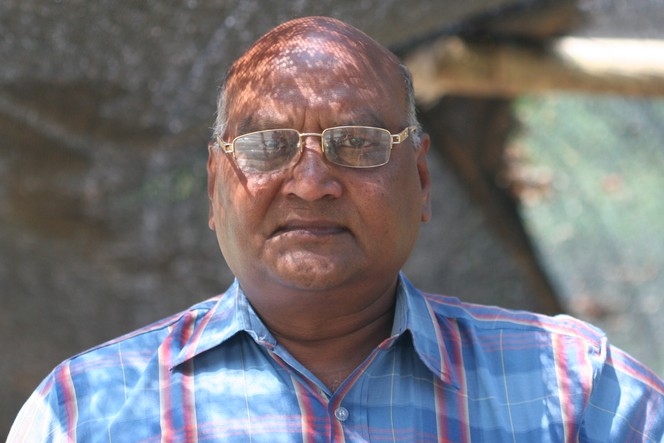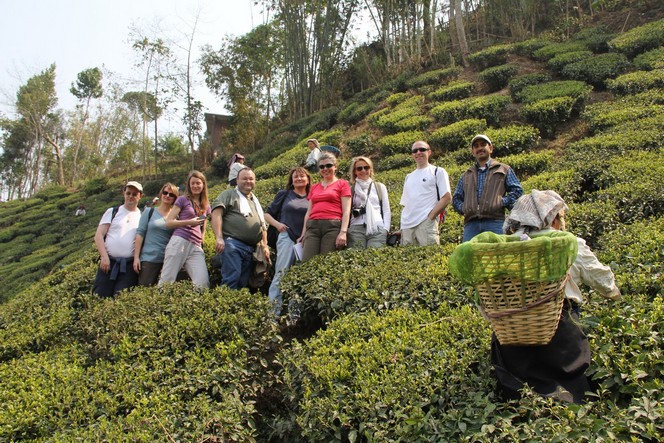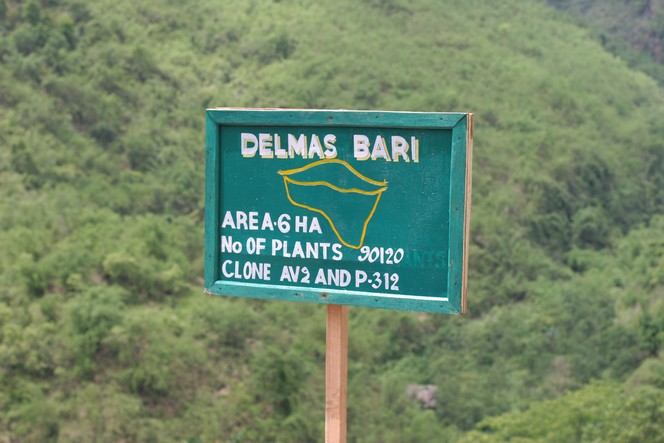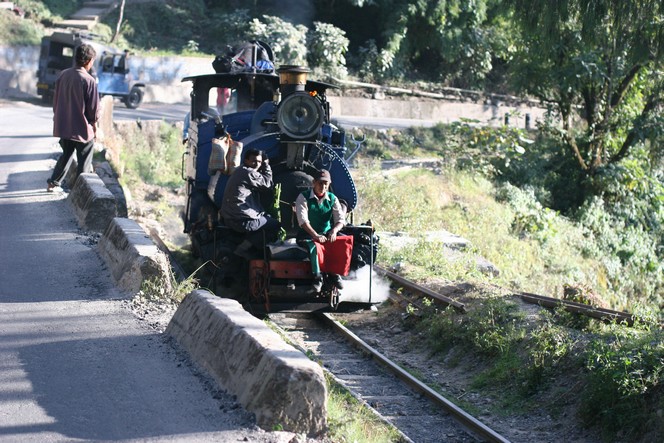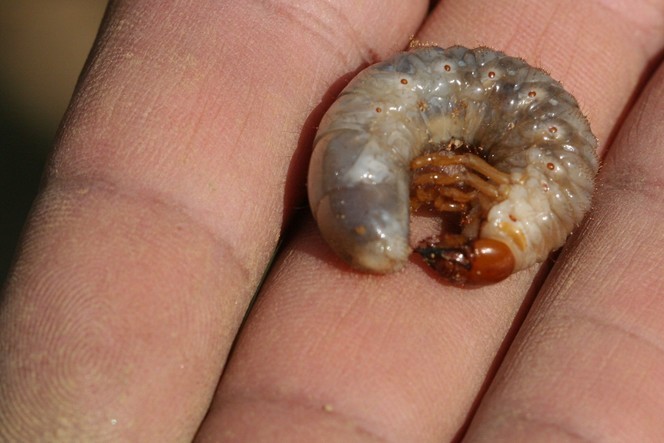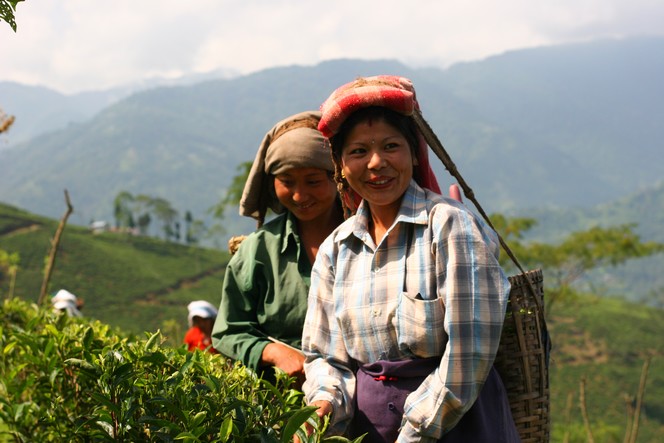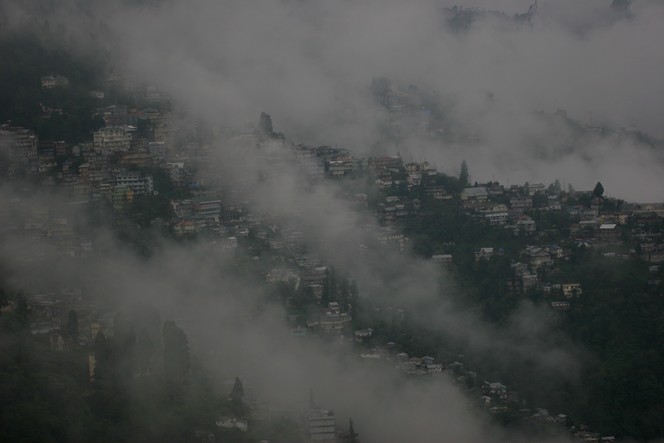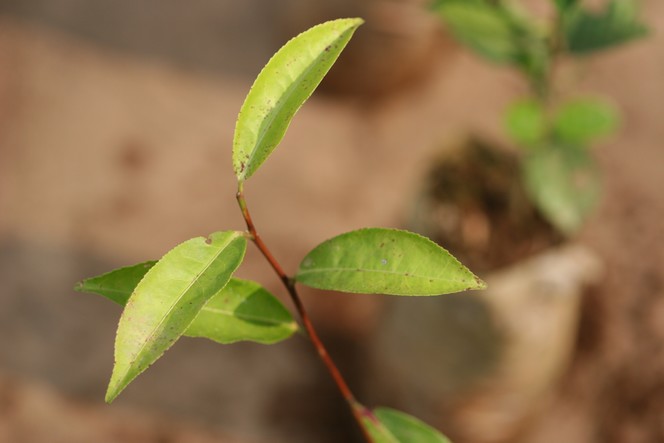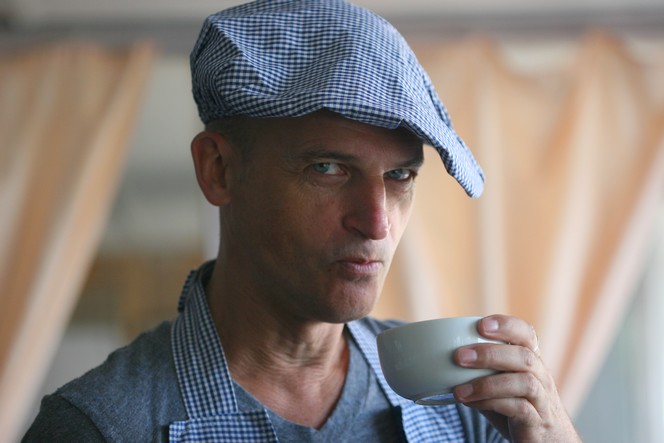With the weather we’ve had this June, there has been no need to worry about sunstroke. This is not the case everywhere. For example, in Darjeeling this season, when the pluckers have brought out their umbrellas it has been to protect themselves from the sun, not the rain. The women have good taste in their choice of bright, varied colours, making this landscape very similar to a cup of Darjeeling itself. Its floral, flowery, vegetal notes are a real treat for the palate.
India
Gopal Somani, his experience is worthy of respect
Darjeeling teas harvested at this time of year have a very different bouquet to those plucked in the spring. Woody, fruity fragrances instead of vegetal aromas, for example. But their prestige is equally high, which is why I’m here, right now, selecting the best of them.
Every time I come to Darjeeling I make sure I visit Gopal Somani. We had lunch together on Saturday at his Puttabong plantation. He’s a wonderful man and his experience is worthy of respect: not only does he produce some of the best teas in the region, but he has also taught many other planters.
Eight students of the Tea School in Darjeeling
Carine Baudry, who runs the Tea School, travelled to Darjeeling last month accompanied by eight of her students. What a trip! This was a first for Carine, who returned just as enchanted as her fellow travellers, to whom she introduced this magnificent region and the art of producing tea. Carine has often travelled with me in India, Japan and China. But this was the first time she’d had the pleasure of teaching in the production region itself.
On the right, in the blue shirt, is Rajiv Gupta, manager of the Tumsong plantation.
The first tea from “Delmas Bari” has just arrived
It must be nearly 10 years since a plot of land on the North Tukvar estate was given my name. In high season, these hectares produce a remarkable tea thanks to the skill of the planter, of course, but also because of the quality of the tea plants selected. They are among my favourites.
For the first time, a single lot of tea from this plot has arrived in Paris. For fans of delicate, fruity, vegetal notes and the fragrance of white flowers, this is its name: Darjeeling North Tukvar DJ14 Delmas Bari.
The Darjeeling train can travel without carriages
The little Darjeeling train is completely unpredictable. From time to time it travels without carriages. A few lucky passengers seem to be allowed though, on condition that they can hold a contorted pose for a long time. They hang their bags wherever they can, and simply put any other luggage on the roof of the locomotive.
The hairy caterpillar, another tea enemy
Tea has a number of enemies, and among them is the hairy caterpillar. This one may look rather shy, but don’t be fooled. This delicate creature is less timid when it comes to munching through the bottom of a young tea plant, a task it performs so thoroughly that it cuts right through the base of the main stem. And the poor plant ends up flat on the ground, dead.
The first Tea School trip to Darjeeling
Carine Baudry, head of the Tea School, has just returned from Darjeeling. The trip was organised by the school to allow some of the students to visit the plantations and gain a first-hand understanding of how tea is made. Carine and her eight students stayed in the beautiful surroundings of a tea garden and observed every stage in the production process. They met several planters and were able to ask plenty of questions. They also visited Delmas Bari and admired the breathtaking landscapes of this Himalayan region. And there were plenty of opportunities to meet the smiling tea pluckers, like the two women pictured here.
Darjeeling hit by a hailstorm a few days ago
The day before yesterday Darjeeling was hit by a hailstorm, which was not good for the tea plants. What with the late start to the season due to the lack of rain, and the violent weather attacking the tea leaves, the planters don’t know which saint to turn to.
They’ve had enough of these insults from the skies. And they don’t want to see any more tea plants battered in the space of a day.
My favourite tea plant: “Ambari Vegetative 2”
Now that the Darjeeling First Flush season is well underway, today I’d like to introduce you to my favourite tea plant in this region. Its name is AV2, short for “Ambari Vegetative 2”. Despite its slightly spindly appearance, this cultivar produces the best teas.
I’ve just bought a single lot, Puttabong DJ7 “Clonal Queen”. Its producer reserves this prestigious name for lots plucked exclusively from AV2 plants. So this is not a blend. It has remarkable delicate aromatic notes that are both vegetal and floral.
I taste about 50 teas a day
This March I’ve tasted about 50 samples of tea a day. The first flush Darjeelings launch the season, followed swiftly by the Nepalese teas. A little later it’s the turn of the new-season China green teas. Then the Japanese Ichibancha. The teas are tasted blind, of course. The ritual is always the same: having smelt the infusion, you suck in the liquor and swish it around your mouth. You analyse the texture, the flavours, the aroma groups. You take your time. You taste and you taste again. You have to concentrate… Except for when a photographer bursts into the tasting room and captures the moment.


